At times, when clients are stressed, busy, or overwhelmed, they will talk about themselves as lazy and procrastinators. But let me ask you, is it true? Are you really lazy? Are you really a procrastinator? I don't think so. I believe there is always a bigger truth to why we do not do what we should do. I find that most times, we can learn a lot from what the resistance of moving into action is trying to tell us that we ignore and jump right away to what we have heard from others. There is always a bigger truth; we just need to listen to what it has to say about what we call laziness or procrastination.
Hi, my name is Noa. And I work with teams, leaders, executives, and founders of companies just like you to go beyond with their leadership. Are you ready? Let's go.
Procrastination, as the dictionary defines it is an action of postponing or delaying something. But looking at this definition, I was missing the Why behind this. But why do we procrastinate? I believe that there are three main reasons why we procrastinate.
Importance
Purpose
External Accountability
I will start with number two: Purpose. I believe that many times when we don't move into action, it's because we do not understand the purpose behind the action. We are still unclear about the why behind this action, so there is no real motivation, and sometimes it feels like resistance: "why should you?"
Let me give you an example; When I need to write an article or a blog post, sometimes I find that I cannot move into action and start writing. Initially, I used to feel upset with my slow to action; why am I so excited about the idea of writing but cannot move into action when I sit in front of the screen? What's going on? Now I know that I'm unable to start writing because I still don't have clarity on the purpose behind this topic; the idea is not deep enough for me to move into writing, and my resistance is telling me that I need to understand it better. When I understand the purpose behind what I want to write, when it is all clear to me, it's easier for me to move into action.
Reason number one. Importance.
Sometimes, a reality check and being very honest with ourselves are needed. This is when we need to look in the mirror and ask the hard questions: is this action necessary to me? Maybe this action is not as important as you want it to be. Maybe it is not even you that think this action is essential, but others are telling you that you should/need/have to take the action. Or maybe you see others taking this action and you want to do it because others do. If you look beyond your (or others') shoulds, needs, and have-to-do you really need to take on this action? Listen well to what the resistance to moving into action is trying to tell you. Maybe it's time for you to pause and assess the situation. When we look deeper, we might identify that the action is unimportant or even necessary for us, and we can let it go. Or maybe the actions aligned with the purpose and vision of this action and how it is connected to your life and/or business/work vision.
Now to number three, Accountability. In her work, Gretchen Rubin explains that we are wired differently to move into action to reach our goals. Some of us are motivated by what she calls internal Accountability – we set goals with ourselves and achieve them. Others are motivated by external goals – we need to commit to our teams, a manager, and partners to achieve our goals. Look at your accountability systems; you might notice that you have already created ways to commit to others but overlooked them as external Accountability. If you are wired to achieve your goals by external Accountability – don't work against yourself. No matter how often you say: I will achieve this goal on my own, you have a low probability of doing so. Therefore ask yourself who can serve as your external Accountability partner/s.
For example, when COVID19 started, I found it hard to engage in running as part of my workout routine, even though I used to do it until then a few times a week. Since I need external Accountability to achieve goals when I don't move into action, I reached out to my youngest son, who wanted to learn how to run longer runs. I asked him if he would support me in going back to running while I was teaching him how to get to a run of 2-3 miles gradually. That was a win-win for both of us. He learned how to run longer runs, and I could get my two, three miles runs a few times a week back into my weekly workout routine. And start creating systems of committing to an accountability partner or accountability buddy.
So remember, you are not lazy nor a procrastinator, and there is a lot you can learn from listening to the resistance from moving into action. So lean back, pay attention and listen to what the procrastination has to teach you; It could be that this action is not that important to you. Or, maybe there is a lack of clarity about the purpose around the doing of this action. Or, perhaps, you need external Accountability to achieve your goals and move into action. If you liked this video and would like to go beyond with your leadership, make sure to subscribe to this channel, like this video, and/or share my blog post.

